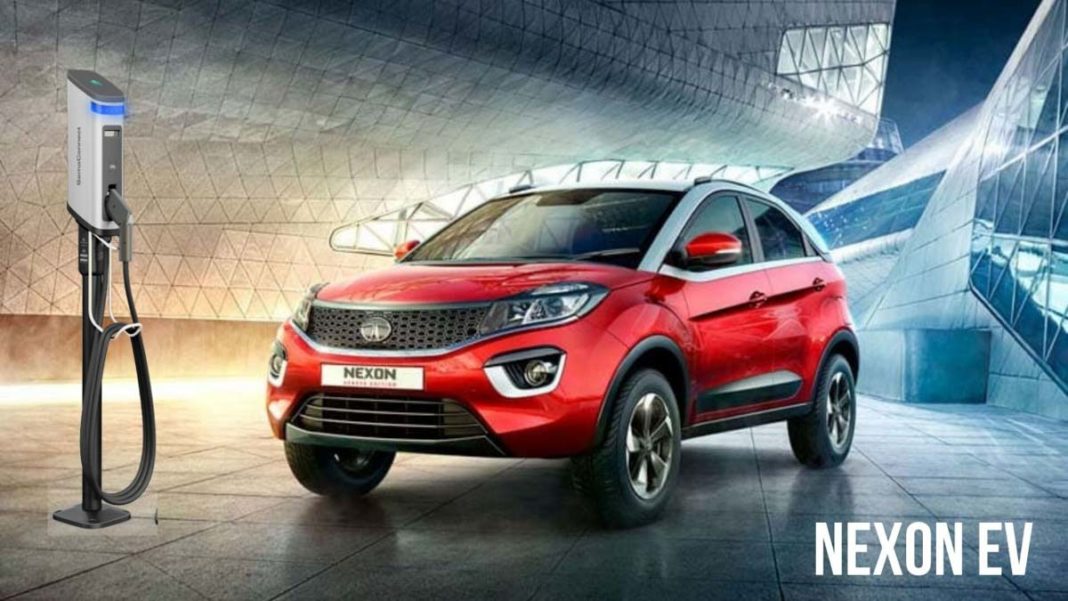The world is moving swiftly towards electric vehicles. It’s high time, and perhaps any further delay could destroy any chance of redemption for the damage we have already caused to the environment. Taking into consideration the adverse effects of climate change and air pollution caused by the emission of petroleum-run vehicles, various governments around the world have given subsidies and created policies to promote the shift towards electric vehicles.

India’s take on EVs
Fortunately, India, too, has taken steps in the same direction. The party hub of India, Goa, is one of the cities to implement such policies. Recently, the Minister for atmosphere and new and renewable vitality, Mr. Nilesh Cabral, announced that the Goa Government would enforce policies that will give incentives to encourage the public to buy electric autos or EVs.

According to him, the two-wheeler vehicles that run on petroleum can be exchanged for electric bikes, and the buyer would also receive monetary incentives.
A brief view of how Goa will boost the confidence of people to shift towards the eco-friendly option –
- 5% reduction in the registration charges to lower the cost of electric two-vehicles.
- The Goa Government to also grant incentives to discard old two-wheelers
- Furthermore, those who will buy the electric bikes will receive subsidies and cash incentives.

“Goa is a biker’s destination. We have close to a million two-wheelers in Goa, comprising almost 70 percent of the state’s vehicle population. These will be converted into electric two-wheelers or e-Bikes by Convergence Energy Services Limited.” – Mr. Cabral said.
CEO and MD of CESL, Mahua Acharya, in an interview, stated
“Electric vehicles are at the forefront of the global agenda to move towards a sustainable future, and CESL is leading several initiatives in India to promote faster EV adoption under the national e-mobility program. We are proud to partner with the Goa Government for promoting e-mobility in the state.”
The Infrastructure
The infrastructure of the electric vehicle is decided to be similar to the already existing high-capacity combo electric vehicle. Currently, these can charge up to 122kV to 150kV. There will also be some high-range electric vehicles, which would be similar to the models of Hyundai Kona, Nexon of the model of Tata, and some more as per the conjecture around. These models will be high range and high capacity EVs. They all are set to launch by this very month and would be put into use.

Therefore, the country’s take on switching to sustainable development is very much evident. Let’s hope that India, too, can effectively adapt to this electric vehicle transition.












